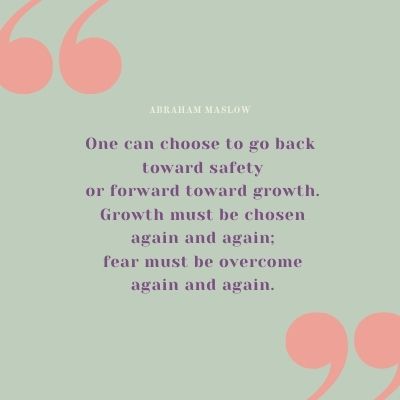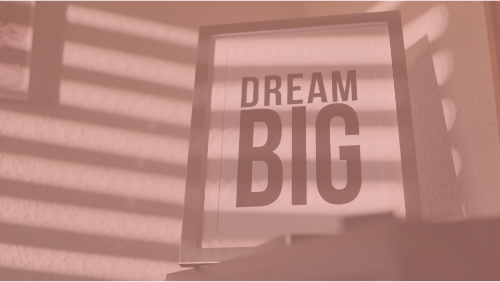Kaizen Transformation to self-sabotage
Making the commitment to stop self-sabotage is the first step to eliminate it from your life. Profound change or even quantum leaps do not happen overnight, but by taking meaningful steps forward each day you can stop this self-destructive behavior. Buckle up and get ready for a dose of subconsciouskaizen methodology!

Change your subconscious beliefs and stop self-sabotaging behaviors
1.-Understand self-sabotage:
Hopefully our previous article helped you understand self-sabotage better. So many of us practice self-destructive behaviors that have become part of what we do on a day-to-day basis. Self-sabotage is what we do and what we are doing gets in the way of our dreams and goals. We want X, but somehow never achieve it.
Understand that our subconscious has been programmed to protect us and keep us safe, so the mind accepts self-sabotaging behaviors as acceptable. Sometimes we don’t even realize how destructive we are being to ourselves. Like when you over analyze a decision and are left not knowing what to do, so you do nothing.
2.- Identify your subconscious beliefs:
The first step is becoming aware of your beliefs. You may be thinking that you don’t know what your subconscious beliefs are, but you do. Just look at the patterns in your life. Do you avoid exercising? Do you always eat sweets after dinner? Do you find yourself aimlessly scrolling through social media? These are patterns. Self-sabotaging patterns always exist on the subconscious level, so once they are identified you need to question why this pattern exists. What do you believe to be true about yourself for this pattern to continue?
3.- Switch out old, unhelpful beliefs with better ones:
Easier said than done, right? Well, maybe. If you already admit that you have some limiting beliefs, you are already on your way to changing. After all, admitting you have a problem is the first step to change. Once you recognize the self-sabotaging belief, modify it. For example, if you are a procrastinator, you may have the belief that you work better under pressure. But is this true? How do you really work under pressure? Are you stressed out, overwhelmed, and exhausted when you are trying to get things done in the last minute? And how do you treat and react to the people around you during “crunch time.” At work, I became short with people and not be the compassionate listener that I normally am. At home, I would whine and complain to my husband how much work I had and how stressed out I was. That I didn’t know how I was going to get it all done. And sometimes an occasional crying breakdown would happen. Basically, I was affecting my own loved ones with my own self-sabotage.
Enough is enough.
The things that we have put off leave us feeling overwhelmed because they are the results of failed commitments of our past. So, to change this belief, you first of all need to be present and conscious with the commitments that you make with yourself and others. Then, the next time you take on a new commitment, make sure that you are going to follow through in a timely fashion. Take on the new belief that I work well when I honor my word and follow through with commitments.
4.- Put your new belief system into action:
It is our habits that move us either toward or away from the person who we want to be. And who we want to be will lead us to the life that we dream of. So, now that you have acknowledged that you need to change, you’ve identified the beliefs that need to change, and have started to take on a new belief system, you now need to be consistent and establish new habits.
Our habits are a result of our subconscious beliefs (which is why we went through the other steps first ;). What we do or don’t do every day are our habits, which is why we need to train and reprogram our subconscious mind in order to self-sabotage.
Our morning sequence is a great example of our habits. When we wake up every morning, we go through the same routine day-in day-out. We may wake up, get up, brush our teeth, and go make a coffee. We don’t question what we do every morning. It happens automatically with no real conscious thought. We will always get in life our unconscious habits. To become fully free from self-sabotage we need to change our habits.
5.-Become a conscious Kaizen transformer
Once you know the beliefs and patterns you need to change, you can start making small improvements little-by-little. These small improvements that you make every day are putting kaizen in action. Drastic changes are often hard to maintain. So, make small changes to your behaviors. These small changes and improvements will build up into large transformations in your way of being and consequently change your life. When we begin to reprogram our subconscious our auto-pilot is able to reroute itself and program in new and healthy habits This is the subconscious kaizen way.
For example, I used to not get up early in the morning to go for a run. I would wake up and my mind would self-sabotage. It’s cold. You’ll be even colder if you get out of bed AND change your clothes. This behavior and sabotage were changed by simply sleeping in my running clothes. And eventually, getting up early and running became a part of who I was. It is now a daily habit. Don’t you agree it’s amazing the impact of such a little change (sleeping with my running gear) had on my NEW and CONSISTENT routine?
The key to doing kaizen transformations is to move your attention. What you focus on expands. Move your attention to a supporting thought or habit. When you do this, you are restructuring and recreating habits and in this way, you are stopping the bad habit. When you move your attention, you become cognitively aware and it is this awareness, which allows you to reprogram the subconscious. You recognize the cognitive process of where your thought and attention are coming from (the brain), and then you move your attention to a place that supports you. When you begin to do this little-by-little everyday your subconscious will begin to rewire itself and you will begin to see profound changes.



